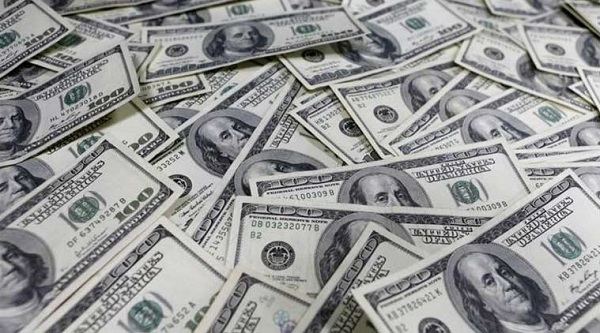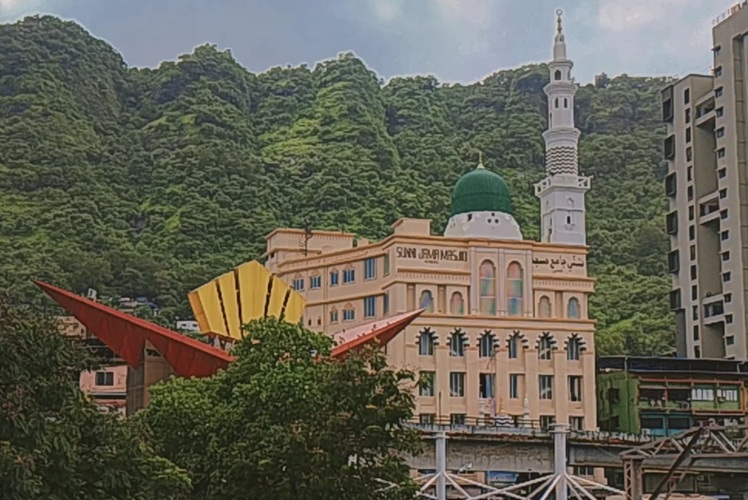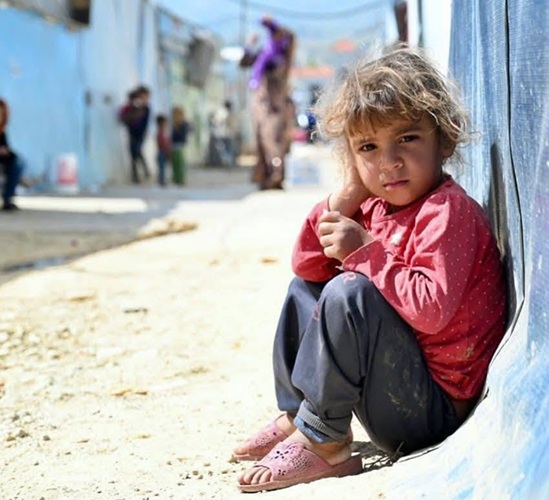By Fatima Sidiya
JEDDAH – Saudi Finance Minister Ibrahim Alassaf reiterated Tuesday at the same news conference that the Kingdom would continue to peg its currency to the dollar.
At the same venue, Saudi Arabain Monetary Agency Governor Fahad Al-Mubarak said on Tuesday that the Kingdom’s central bank will keep its current strategy for managing the country’s foreign reserves, indicating a continued emphasis on US dollar assets.
Moreover, US Treasury Secretary Jacob Lew who is in town as part of the two GCC countries’ visit to discuss ways to reduce terrorism financing, answering a question, said that “when your principal revenue source is an international traded commodity being traded in dollars, it leads to a natural link to the dollar.”
The country’s net foreign assets, swelled by high oil prices, are currently worth about $730 billion, and have been growing at an annual rate of about 9 percent.
The central bank is believed to have placed over half of that amount in conservative US dollar assets such as US Treasury bonds and bank accounts. “We continue to have a balanced allocation of our assets, whether currencies, geographic and other classes,” Mubarak told a news conference, appearing alongside visiting US Treasury Secretary Jack Lew.
“There is no change in our investment policies – this will continue as we are building our reserves,” he said in answer to a question on whether Saudi Arabia was still interested in buying US bonds.
Earlier this month, Saudi Arabia’s Shoura Council discussed a proposal for the country to establish a sovereign wealth fund that would invest some of its budget surpluses. Further debate is planned.
It is not clear whether the proposal will eventually be adopted or whether it could mean a change in asset management strategy, perhaps to a more active, risk-taking approach. Mubarak did not comment on the proposal on Tuesday.
The US Treasury Secretary further said the US economy is in “a pretty strong place right now and is to continue healing”. The second half of the year is expected to be stronger and an estimated range of growth of 3 percent is expected for next year. However “There are risks around the world that we keep an eye on.” – With added input from agencies






0 Comments